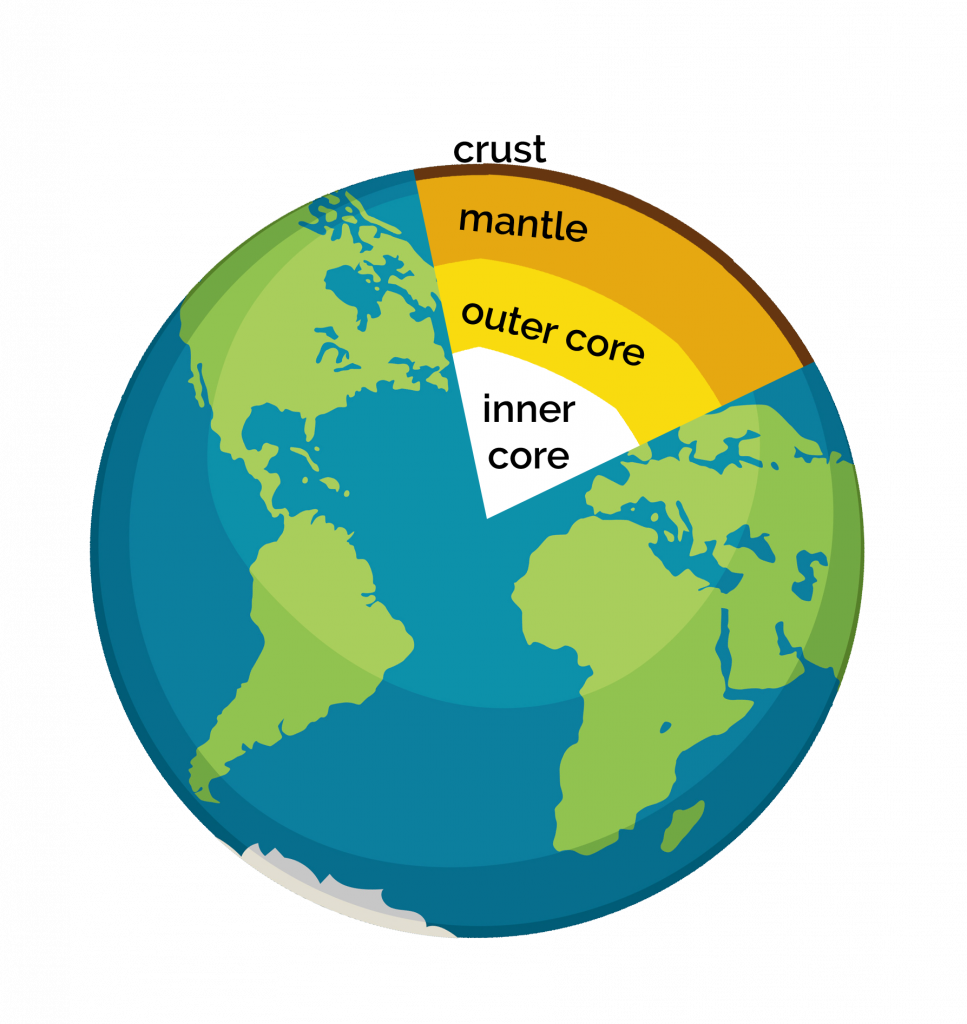When visiting schools and museums our Street Scientists often get asked a variety of questions from curious children. Here are the answers to some of our favourite questions!
This week, we’re answering questions on Marine Biology and Oceanography, ahead of World Ocean Day next Monday.

How do they (fish) breath under water?
-asked by Maisie, 9, from Kells Lane Primary School
Fish can breathe under water because they have lungs that are adapted to work under water. These are called gills. Gills are feathery organs full of blood vessels, fish use them to take up oxygen that is dissolved in the water. Oxygen is taken up through the thin walls of the gills and the travels into the cells in the body. However, there are some mammals that are mistaken as fish, such as whales and dolphins. They are just like us and they need to breathe air to survive. Therefore, we often see them swimming into the surface and take up some oxygen from the air.
– Aurelia, Dentistry Student

What is the fastest fish in the world?
-asked by Isobel, 11, from Marden Bridge Middle School
The fastest current known fish is the sailfish, it can swim at speeds of up to 68 miles per hour which is around the same speed as cars travel up the motorway!
– Demi, Marine Biology Student

How are waves formed?
-asked by James, 10, from Ravenswood Primary School
Most waves are formed by wind blowing over the top of the sea. The stronger the wind the bigger the waves! However there are a couple of different types of wave that aren’t formed by the wind for example the tides are actually a form of wave, which are formed by the gravitational attraction of the sun and the moon on the water. Also tsunamis are a type of wave that is formed by under water earthquakes or eruptions!
– Demi, Marine Biology Student

How big is the sea?
-asked by Iyla, 7, from Grace Darling Primary School
The sea covers about 71% of the world’s surface and although it is all connected it is usually split into 5 oceans called: The Pacific, the Atlantic (this is the ocean the UK is in), the Indian, the Antarctic and the Arctic ocean. All combined that is 1.3 billion cubic km of water, that’s about 3.47 Quadrillion swimming pools which is 462,667 swimming pools for every person living on the planet! The Atlantic ocean where we are is the second biggest ocean in the world and if you tried to swim from here to America it would take you 50 days if you swam non stop. The deepest bit of the ocean is called the Mariana trench and it is 11,034 metres deep that’s more than mount Everest which is the highest mountain in the world, it’s so deep that only 3 people have ever been there (that’s fewer than have been to the moon).
-Lizzie, Biology Student















